An Entertaining Night Out is a Whole New Experience
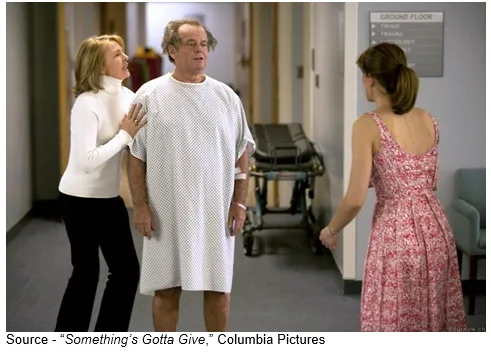
It’s finally 2021 and from the movie perspective, not a lot has changed.
Movie theaters cleaned up their collective acts scrubbing stuff, opening, closing, scrubbing stuff, opening, closing, opening and…hoping for the best.
Studios kicked the can down the road again and again in the Americas and the EU with their multi-million-dollar mega hopefuls only to see chump change openings despite the massive marketing build up.

Folks just weren’t ready to take in the pure form of entertainment – a dark room, huge screen, safely distanced with a bunch of close personal strangers.
Truthfully, we’ve become very accustomed to not missing them.
According to a number of our “a movie is only a movie when it’s in a theater” friends, that’s going to hold true until much later this year no matter how many hundreds of millions of special effects and stars you invest in.
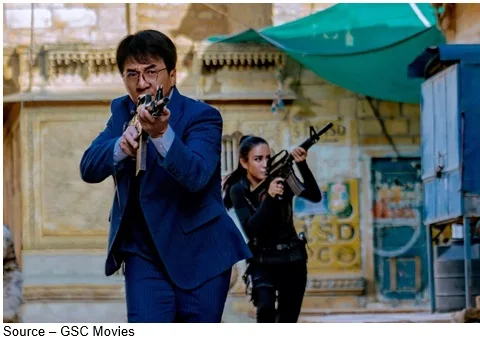
That’s certainly not the case in China where people have been safely packing theaters since last October to catch hits like Jackie Chan’s Vanguard as well as homegrown tentpoles like My People, My Homeland and Legend of Deification.
The films blew past Christopher Nolan’s expensive, tough-to-follow Tenet and Disney’s great but controversial (at least in China) Mulan.
The pandemic hit all countries (and economies) equally, but this could be the year that China becomes the largest grossing film market surpassing the US.
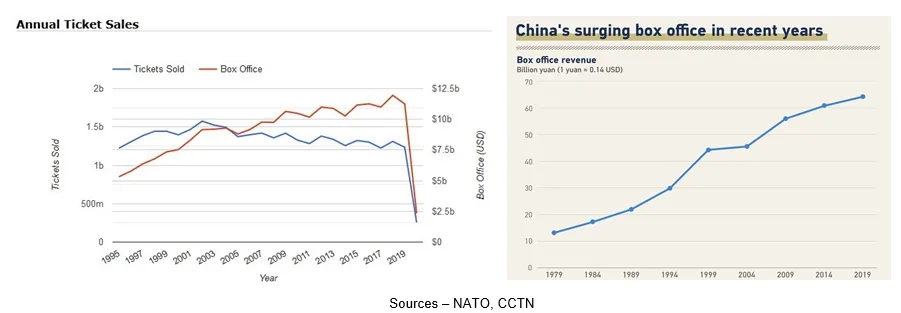
While theaters (about 70K in China and 41K plus in the US) were closed everywhere for nearly six months last year, China’s as well as Japan’s and South Korea’s opened sooner and in a more controlled and accepted fashion than in the US with a vastly more effective pandemic management/recovery.
In addition, exhibition consulting firm, Artisan Gateway, noted that theaters also had a robust roster of local and global films to entice folks to enjoy their content on the big screen and build confidence in returning to the country’s cinemas.
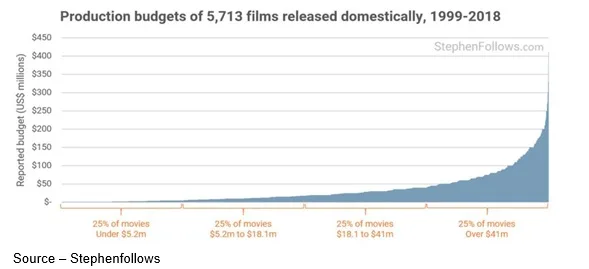
As much as audiences (and filmmakers) would like to see the creative work on large screens, digital distribution direct to the consumer could mark an important shift for the industry beyond the overpriced tentpoles to a broader range and variety of visual storytelling.
Face it, what new, different, unique content do you have on the horizon for this year and next?
The industry’s major studios have queued up budget busters like Wonder Woman 1984, Black Widow, Fast and Furious 9, No Time to Die, Top Gun, Jurassic World, Suicide Squad, Quiet Place, Kingsman, West Side Story, Halloween, Matrix, John Wick, Venom, M:I 7, Space Jam, Sherlock Holmes, and other franchises, sequels, extensions, remakes
We’re not knocking thinking inside the box efforts – actually, we like a number of them – but people want more and different storylines.
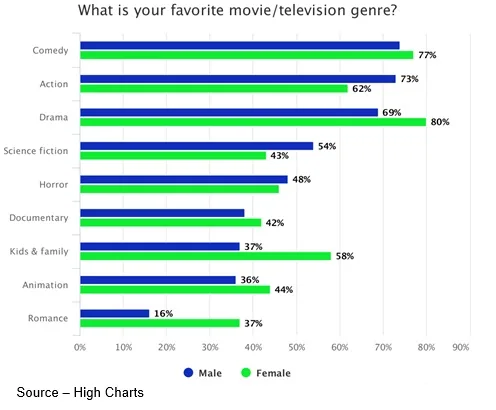
Especially when folks are slowly venturing out after six months plus of hibernation.
Studios, content owners, networks, tech firms and just about everyone was hellbent on going direct to the consumer after watching Netflix, Amazon and yes, Google’s YouTube go directly to millions of people around the globe, bypassing the appointment TV bundle.
Suddenly, people became actively interested in new approaches to content consumption – variety and personal selection.
We had dipped our toe in the anytime, any screen viewing like so many people with Netflix and Amazon Prime (thanks to my wife’s free shipping “deal”).
With studies sitting on what they hoped were going to be blockbuster projects with no theater to run them, studios and very quickly networks hit the internet with their own flavors of D2C subscription, ad-supported and/or transaction offerings.
And since everyone – at least in our family – had specific movie/show tastes, we very quickly ended up with four SVOD and two AVOD services which became a great thing!

We quickly found that there was a rich list of films from the four corners of the globe plus a huge bunch of video stories we somehow missed and there were even chances to catch films studios wanted to use to rapidly expand their subscription base.
Our kids really got hooked on great foreign films — Bollywood’s War, Talvar, Gully, Bharat, Baaghi 2 and some spectacular Nollywood content Oloture, Living in Bondage, Up North, and films from other countries they might have missed.
We were able to view several PVOD (premium) movie – Mulan, Bill and Ted Face the Music and Antebellum – as well as a bunch of content that was brand new (to us).
The new old stuff included – Danny Trejo’s Bad Ass, Machete, Planet Terror; Paul Walker’s Into the Blue, Hours, Flags of our Fathers; Chadwick Boseman’s The Kill Hole, Da 5 Bloods, Gods of Egypt, Black Bottom, Get On Up and a number of mediocre movies we didn’t even know existed.
Back in the old days, we’d have to plan our schedule around the theatrical openings of shows like these.
Wait a minute.
Wasn’t that just like the appointment TV we escaped from about a year ago when we cut the cable and signed up for our VOD services?
Ahhh … Yeah!
True, the idea of “streaming vs. cinema” is hardly new, but the global shutdown gave the world’s largest media companies and broadcasters all the added push they needed to show that they could develop and manage the consumer relationship.
The test now will be to see if these firms can maintain the progress they’ve made as restrictions begin to lift during the recovery.
Or is the entertainment culture changed … forever?
During the crisis, online streaming direct to the consumers’ screens more than met the audience’s needs. It was clear that content creators/owners and audiences could get along very nicely with little or no box office.

But would it be the same for the people who crafted the films or the people they wanted to view them?
Without the seats in the seats, how could the studios and creators build worldwide word of mouth for the project?
You lose a lot when you don’t share the highlights and low points of a film.
You miss so much when people – young/old, male/female, different lifestyle, different life experiences – don’t tell you what they liked/disliked; what stood out/failed in the same movie you saw.
We’ve listened to the complaints of big cinema chains that the social distancing of their audiences is driving them to the brink, but we wonder if even in “normal” times they had more than 25 percent of the seats occupied.
NATO (National Association of Theater Owners) annualized ticket sales certainly don’t indicate that this was the case.
Cinema owners in China, Japan and South Korea indicated that limiting the number of people at each showing actually improved their attendance numbers because people felt there was certain exclusivity for them at each showing.
Tenet producer Christopher Nolan said recently, “Long term, moviegoing is a part of life, like restaurants and everything else. But right now, everybody has to adapt to a new reality.”
The cinema house industry is emerging largely intact from the pandemic despite the added loan debt.
More importantly, independent and chain theater owners have to face the fact that each country will undoubtedly be at the mercy of more micro-outbreaks that they will have to face and help their prospective seat holders overcome.
There is no going back to yesterday’s normal and they will have to develop and embrace tomorrow’s normal for our future moviegoing experience.
After all, studios and content owners didn’t completely turn their backs on the theater experience. They simply moved films targeted for the theater to later dates.
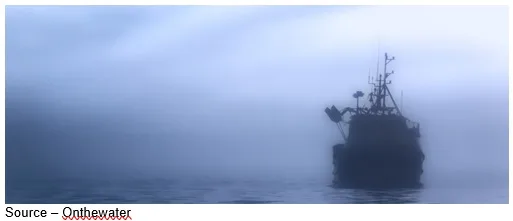
It could have been worse … a helluva’ lot worse!
As Paramount’s Jim Gianopulos emphasized at last Fall’s TIFFCOM (Tokyo International Film Festival), “I firmly believe the entertainment industry will emerge from this experience stronger than ever before.”
He noted that in some parts of the world, the rebound has already started
In addition to Paramount being eager to return to theaters, it is also aggressively expanding its D2C activities.

“The truth is, the experience and interest in watching movies at home have improved significantly and it has become a prime source of entertainment for a growing number of families,” Gianopulos said. “But for a lot of people, there’s no replacing the thrill of watching your favorite movie stars on the big screen with booming sound and a bucket of fresh popcorn on your lap.”
We have to remember – and continually reremind ourselves – that back in 1918, a world-changing virus ripped across the planet.
That long and costly epidemic changed the movie industry forever.
This pandemic is another seismic change that will force the industry to reinvent itself … again.
And when it does, people will be ready to enjoy the new content you create and offer.
If not us then, believe Harry Sanborn when he said, “I have never lied to you. I have always told you some version of the truth.”
# # #
Andy Marken – [email protected] – is an author of more than 700 articles on management, marketing, communications, industry trends in media & entertainment, consumer electronics, software and applications. An internationally recognized marketing/communications consultant with a broad range of technical and industry expertise especially in storage, storage management and film/video production fields; he has an extended range of relationships with business, industry trade press, online media and industry analysts/consultants.
